This article was medically reviewed by Luba Lee, FNP-BC, MS and by wikiHow staff writer, Danielle Blinka, MA, MPA. Luba Lee, FNP-BC is a Board-Certified Family Nurse Practitioner (FNP) and educator in Tennessee with over a decade of clinical experience. Luba has certifications in Pediatric Advanced Life Support (PALS), Emergency Medicine, Advanced Cardiac Life Support (ACLS), Team Building, and Critical Care Nursing. She received her Master of Science in Nursing (MSN) from the University of Tennessee in 2006.
There are 10 references cited in this article, which can be found at the bottom of the page.
This article has been viewed 30,510 times.
Gout is a common form of arthritis that can make your knee joints feel painful, swollen, and tender. Your gout symptoms may come on suddenly, and you’ll want to find relief fast. To treat gout in your knee, reduce your pain by caring for your joint and taking NSAIDs. Then, make lifestyle changes to reduce the uric acid in your blood, which causes gout. Additionally, ask your doctor which medications are right for you.
Steps
Relieving Your Pain
-
1Take over-the-counter NSAIDs to relieve pain and swelling. If your doctor approves them, NSAIDs can provide quick relief during a gout flare-up for 2-5 days. Once your gout attack is under control, reduce your dosage by half. You can purchase NSAIDs like ibuprofen (Advil, Motrin) or naproxen (Aleve) without a prescription. Read the label on the bottle, and take the medicine as directed.[1]
- Check with your doctor to make sure NSAIDs are right for you. They may cause side effects like stomach pain, bleeding, and ulcers in some people.
Tip: If over-the-counter NSAIDs don’t work for you, your doctor may prescribe indomethacin (Indocin) or celecoxib (Celebrex) to provide you more relief.
-
2Rest your knee until it starts to feel better. Stay off your feet as much as possible, and reduce your activity level. Try to relax so that your knee joint has time to recover from the flare-up.[2]
- Ask people to help you when you need it. You might say, “My knee joint is hurting a lot right now, so I can’t take out the trash. Do you think you could help me out?”
Advertisement -
3Ice your knee for up to 20 minutes 2-3 times a day during a flare-up. Wrap an ice pack or a bag of frozen vegetables in a towel, then place it over your knee. The ice will reduce the pain and inflammation in your knee joint.[3]
- Don’t put the ice directly against your skin, as it may cause damage.
-
4Elevate your knee to reduce swelling. Position your leg on a stack of pillows or on the armrest of your couch. The elevation will help relieve the swelling in your joint, which can also reduce your pain.[4]
- It’s a good idea to ice your knee while it’s elevated. However, remember that you only need to apply the ice for 20 minutes at a time.
-
5Drink a lot of water to hydrate your body. Dehydration can make your gout worse. Additionally, drinking lots of water can help flush out the uric acid in your body, which can help relieve your gout. Make sure you’re drinking at least 8 cups (1.9 L) of water each day, but it’s best to drink more.[5]
- If you don’t like the taste of water, try flavoring it with cut up fruit, such as lemon or orange slices. You can also drink tea or other unsweetened drinks.
Reducing Uric Acid Levels
-
1Limit your consumption of red meat, seafood, and organ meat. These dishes are high in purine, which raises your uric acid levels. Since high levels of uric acid in your blood causes gout, a diet high in these types of foods can worsen your symptoms. Cut out beef, pork, lamb, sardines, anchovies, kidney, liver, and sweetbreads. Instead, get your protein from poultry, low-fat dairy, beans, and lentils.[6]
- Include more vegetables in your diet rather than red meats.
Tip: If you really enjoy seafood, there are a few options that are low in purine, such as salmon, mahi mahi, snapper, and tilapia. These fish shouldn’t raise your uric acid levels.[7]
-
2Limit alcoholic beverages to 1 a day, if you drink at all. Alcohol increases your risk of a gout flare-up, so it’s best to cut it out of your diet. This will help you manage your uric acid levels. If you really enjoy drinking, stick to no more than 1 serving of alcohol a day.[8]
- At the very least, try to go 2 days a week without drinking. This can help you prevent uric acid buildup in your blood.
-
3Drink 1-2 cups of coffee a day to reduce uric acid levels. Coffee may help your body flush out uric acid, so it's an easy way to reduce your risk of a gout flare-up. Fortunately, both regular and decaf coffee work, so you can get the positive effects of coffee without consuming caffeine.[9]
- If you experience jitters after drinking coffee, stick to decaf. Alternatively, you can reduce your coffee consumption, as you only need to consume a moderate amount to experience benefits.
-
4Consume 1 serving of low-fat dairy daily. Low-fat dairy may help lower the uric acid in your body if you eat it often. However, high-fat dairy can increase your uric acid levels, so make sure you read the label before you eat dairy. Great options include low-fat milk and yogurt.[10]
- For instance, drink low-fat milk for breakfast or snack on low-fat yogurt.
-
5Cut out sugar and processed foods and beverages. Unfortunately, these foods can increase the amount of uric acid in your body, so they may cause gout flare-ups. Cut out baked goods, pastries, treats, processed foods, and sweetened drinks. Since fruit also contains sugar, limit yourself to 1 or 2 servings of fruit each day.[11]
Tip: When your body breaks down fructose, it turns into purine. That means foods high in sugar may cause your gout flare-ups. This includes both natural and processed sugar.
-
6Eat cherries or drink sugar-free tart cherry juice. Cherries may also reduce your uric acid levels if you eat them regularly. Similarly, tart cherry juice may have the same effect as fresh cherries. If you want to see benefits, enjoy a serving of cherries or cherry juice several times a week.[12]
- Make sure your cherry juice isn’t sweetened. Remember, sugar can increase your risk of a flare-up.
-
7Maintain a healthy weight to reduce and help eliminate uric acid. Carrying extra weight on your body can raise your uric acid levels. On top of that, it may also make it harder for your kidneys to remove the uric acid from your blood. This means you’re more likely to have gout flare-ups. However, you can cut your risk by keeping your weight within a healthy range for your body type and age.[13]
- Talk to your doctor to find out what your target weight should be.
Tip: If you need to lose weight, build your meals around lean proteins and non-starchy vegetables. Additionally, ask your doctor if you’re healthy enough to exercise. If so, exercise for 30 minutes every day.
Getting Medical Treatment
-
1Visit your doctor if you’re having gout symptoms. Untreated gout can worsen over time and may damage your joints, though you shouldn’t worry. Fortunately, your doctor can create a treatment plan to help you manage your condition. Make an appointment with your doctor if you’re experiencing the following symptoms:[14]
- Intense joint pain
- Inflammation around your joint
- Redness around the affected joint
- Limited range of motion
- Discomfort in your joint that remains after the initial pain subsides
-
2Expect your doctor to do diagnostic tests to confirm you have gout. If you’ve already been diagnosed with gout, then your doctor may decide not to do tests. However, they will likely want to confirm your gout diagnosis when you first start treatment. Your doctor may do the following tests:[15]
- A complete blood count (CBC) to check for high uric acid levels and creatine
- A joint fluid test to look for urate crystals in your blood
- An X-ray to make sure you don’t have a joint injury
- An ultrasound or CT-scan to take images of urate crystals, if they’re present
-
3Ask your doctor if colchicine is a good medication for you. A daily dose of colchicine (Colcrys, Mitigare) can reduce pain in your body, and it may also prevent future attacks. However, this medication isn’t right for everyone, so your doctor may not recommend it for you. They can discuss the benefits and risks of the medicine with you before they prescribe it.[16]
- Colchicine can cause side effects, including nausea, vomiting, and diarrhea. The side effects are more common if you take higher doses.
-
4Discuss corticosteroids with your doctor if nothing else helps. Corticosteroids, such as prednisone, can relieve the pain and inflammation in your joint. However, they can also cause serious side effects, so your doctor likely won’t prescribe them unless NSAIDs and colchicine don’t work for you. If you do use corticosteroids, you can take them in pill form or as an injection.[17]
- Potential side effects of corticosteroids include high blood pressure, high blood sugar, and mood changes.
-
5Ask about medications that control uric acid if your gout flares up often. Since gout is caused by high levels of uric acid in your blood, lowering your uric acid can help you reduce your flare-ups. Your doctor will help you decide if this medication is right for you. There are two types of medication your doctor can prescribe:[18]
- Medications that prevent your body from making uric acid, such as xanthine oxidase inhibitors (XOIs), which includes allopurinol (Aloprim, Lopurin, Zyloprim) and febuxostat (Uloric). However, you may experience side effects like rash, low blood count, nausea, and heart or liver issues.
- Medications that help your body remove uric acid, like uricosurics, include probenecid (Probalan) and lesinurad (Zurampic). However, you may experience side effects like rash, stomach pain, and kidney stones.
Warnings
- Untreated gout can cause long-term damage to your joint, but prompt treatment may prevent this from happening.[21]⧼thumbs_response⧽
References
- ↑ https://www.cdc.gov/arthritis/basics/gout.html
- ↑ https://www.nhs.uk/conditions/gout/
- ↑ https://www.nhs.uk/conditions/gout/
- ↑ https://familydoctor.org/condition/gout/
- ↑ https://www.arthritisaction.org.uk/living-with-arthritis/what-is-arthritis/gout2/
- ↑ https://my.clevelandclinic.org/health/diseases/4755-gout
- ↑ https://www.acumedico.com/purine.htm
- ↑ https://my.clevelandclinic.org/health/diseases/4755-gout
- ↑ https://www.mayoclinic.org/diseases-conditions/gout/diagnosis-treatment/drc-20372903
- ↑ https://familydoctor.org/low-purine-diet/
- ↑ https://www.nhs.uk/conditions/gout/
- ↑ https://www.mayoclinic.org/diseases-conditions/gout/diagnosis-treatment/drc-20372903
- ↑ https://www.nhs.uk/conditions/gout/
- ↑ https://www.mayoclinic.org/diseases-conditions/gout/symptoms-causes/syc-20372897
- ↑ https://my.clevelandclinic.org/health/diseases/4755-gout
- ↑ https://www.arthritis.org/about-arthritis/types/gout/treatments/types.php
- ↑ https://www.arthritis.org/about-arthritis/types/gout/treatments/types.php
- ↑ https://www.mayoclinic.org/diseases-conditions/gout/diagnosis-treatment/drc-20372903
- ↑ https://www.arthritis.org/about-arthritis/types/gout/treatments/types.php
- ↑ https://www.arthritis.org/about-arthritis/types/gout/treatments/types.php
- ↑ https://www.nhs.uk/conditions/gout/
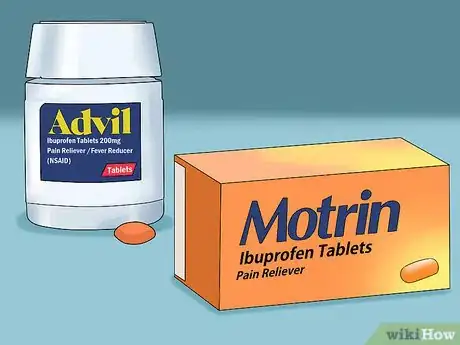
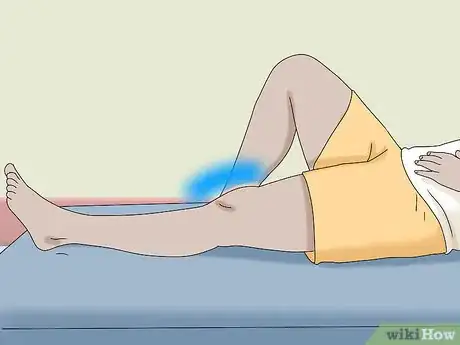
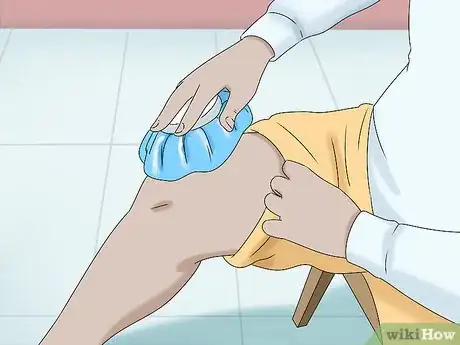
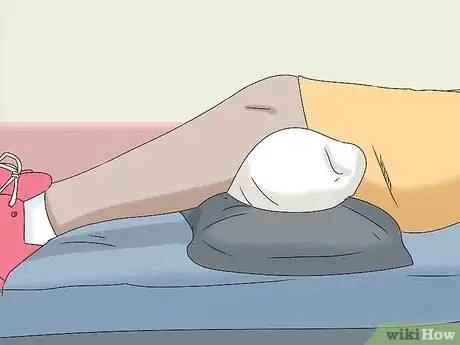
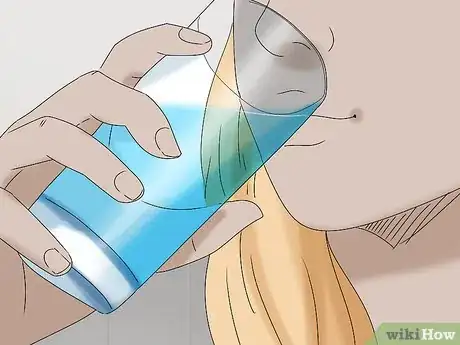
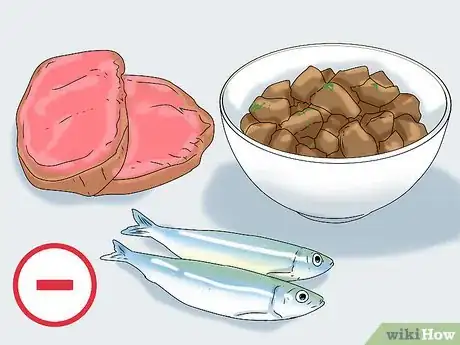
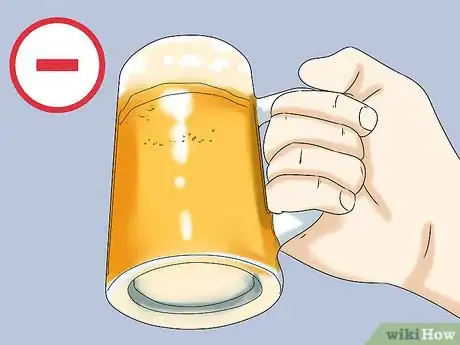

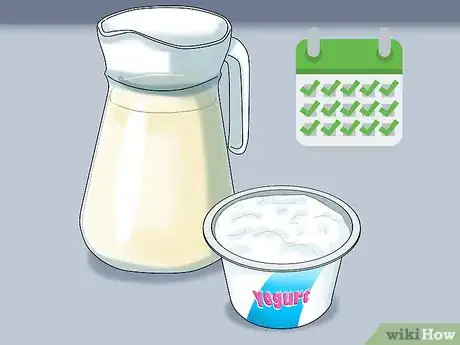
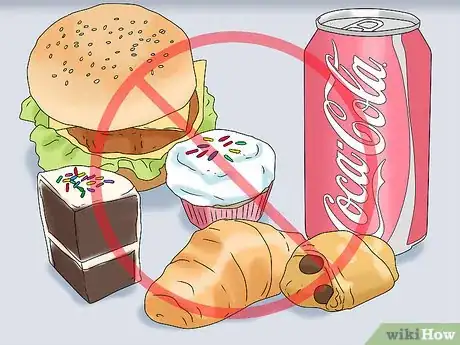
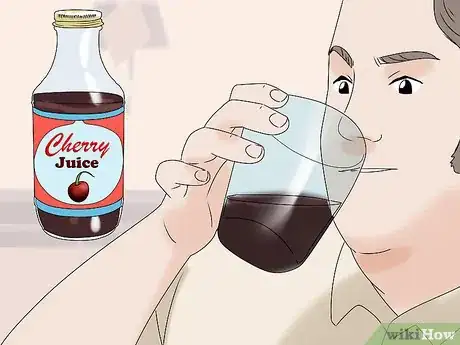
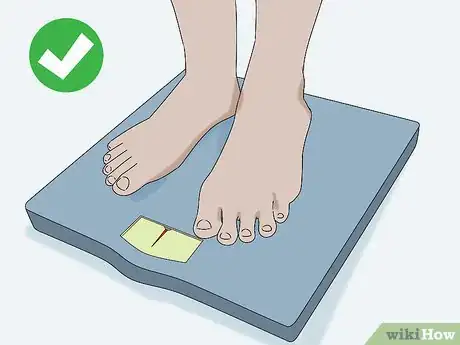
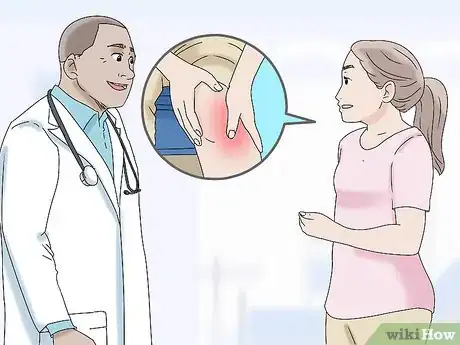
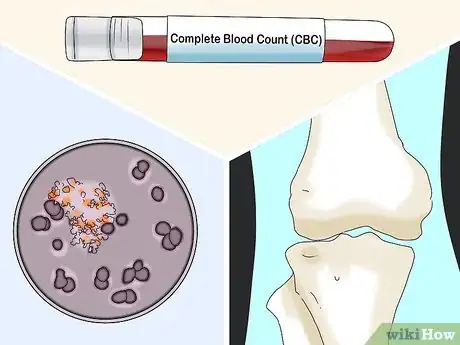
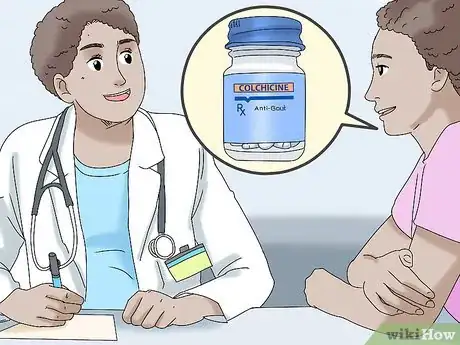
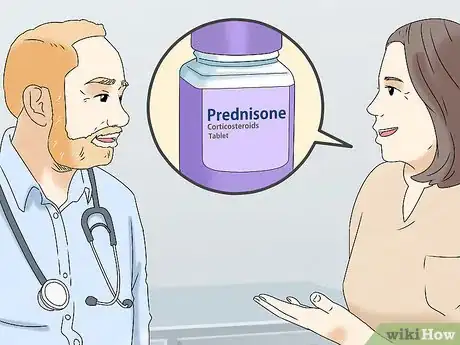
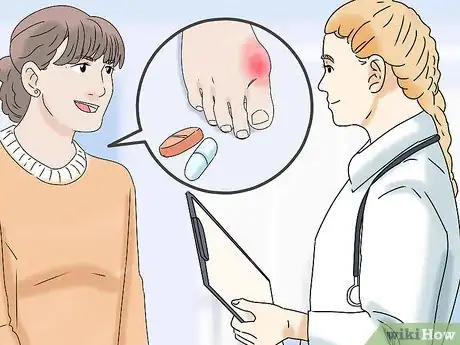

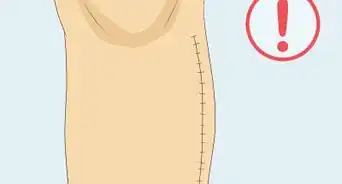

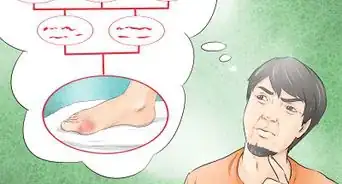

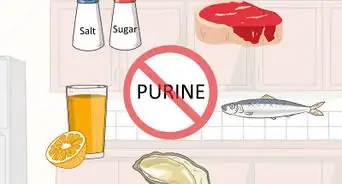


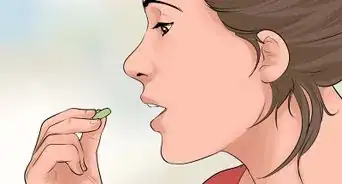











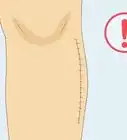





































Medical Disclaimer
The content of this article is not intended to be a substitute for professional medical advice, examination, diagnosis, or treatment. You should always contact your doctor or other qualified healthcare professional before starting, changing, or stopping any kind of health treatment.
Read More...